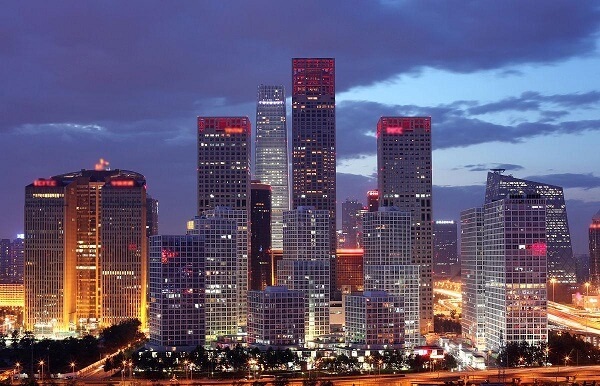In recent years, China’s animation industry has been experiencing rapid growth, with numerous animated series and films gaining popularity both domestically and internationally. Behind this flourishing scene lies a dark side that has come to light: the comic artist farm. This term refers to a business model where large numbers of freelance artists are hired to produce comic content at a low cost, often under exploitative conditions. The million-dollar title comes from the fact that these farms can generate significant profits, but the workers are left struggling to make ends meet.
Introduction
The phenomenon of comic artist farms has sparked heated debate in the animation community. On one hand, they have contributed to the production of a large volume of content, which has helped to boost the industry’s overall output. On the other hand, these farms are criticized for their harsh working conditions, long hours, and lack of job security. The term blood sweatshop aptly describes the exploitation of artists who are often paid below the industry standard and are forced to work under stressful conditions.
The Business Model
A typical comic artist farm operates by signing contracts with freelance artists, often promising them a certain number of assignments and a fixed income. However, these promises are rarely kept. Artists are frequently overworked, with tight deadlines and little room for creativity. The farms often prioritize quantity over quality, leading to a flood of subpar content. Moreover, the farms rarely provide health insurance, retirement benefits, or other forms of social security, leaving artists vulnerable and without a safety net.
The Impact on Artists
The working conditions in these farms are reminiscent of the sweatshops of the early industrial era. Artists are expected to work long hours, often without breaks, and are paid low wages. The stress of meeting unrealistic deadlines and the constant pressure to produce content can take a toll on their mental and physical health. Many artists find themselves trapped in a cycle of debt, as they invest in their own equipment and materials, only to be paid meager sums for their work.
Case Studies
One of the most notable cases involves a large animation company that has been accused of exploiting its freelance artists. According to reports, the company pays artists as little as 100 yuan per page, which is far below the industry standard. The artists are required to work 12-hour shifts, with no overtime pay, and are given no time off. Despite the company’s claim of generating millions in revenue, the artists are left with little to show for their efforts.
Another case involves a popular webcomic platform that has been criticized for its treatment of freelance artists. The platform offers a royalty system, where artists are paid a percentage of the revenue generated by their works. However, the platform takes a large cut of the revenue, leaving artists with a small fraction of the profits. Moreover, the platform frequently changes its rules, making it difficult for artists to predict their earnings and plan their finances.
Industry Responses
The animation industry has taken some steps to address these issues. Some companies have begun to offer better working conditions and higher pay for freelance artists. For example, a leading animation studio has introduced a fair wage policy, ensuring that artists are paid a minimum of 300 yuan per page. The studio also provides health insurance and other benefits, making it a more attractive option for artists.
However, these efforts have not been widely adopted, and many freelance artists continue to face exploitative conditions. The industry needs to do more to protect its workforce and ensure that artists are treated fairly.
Conclusion
The comic artist farm model may have contributed to the growth of China’s animation industry, but it has also created a significant problem. The exploitation of freelance artists is not only unethical but also unsustainable. The industry must take concrete steps to address these issues and ensure that artists are treated with dignity and respect. This includes providing fair compensation, better working conditions, and social security benefits. Only then can the animation industry truly thrive and produce high-quality content that resonates with audiences around the world.
References
- Zhang, L. (2023). Million-Dollar Farms: The Dark Side of China’s Animation Industry. 36氪.
- Chen, Y. (2023). The Exploitation of Freelance Artists in China’s Animation Industry. China Daily.
- Wang, H. (2023). Fair Wage Policy: A Step Forward for China’s Animation Industry. Animation World Magazine.
Views: 0
